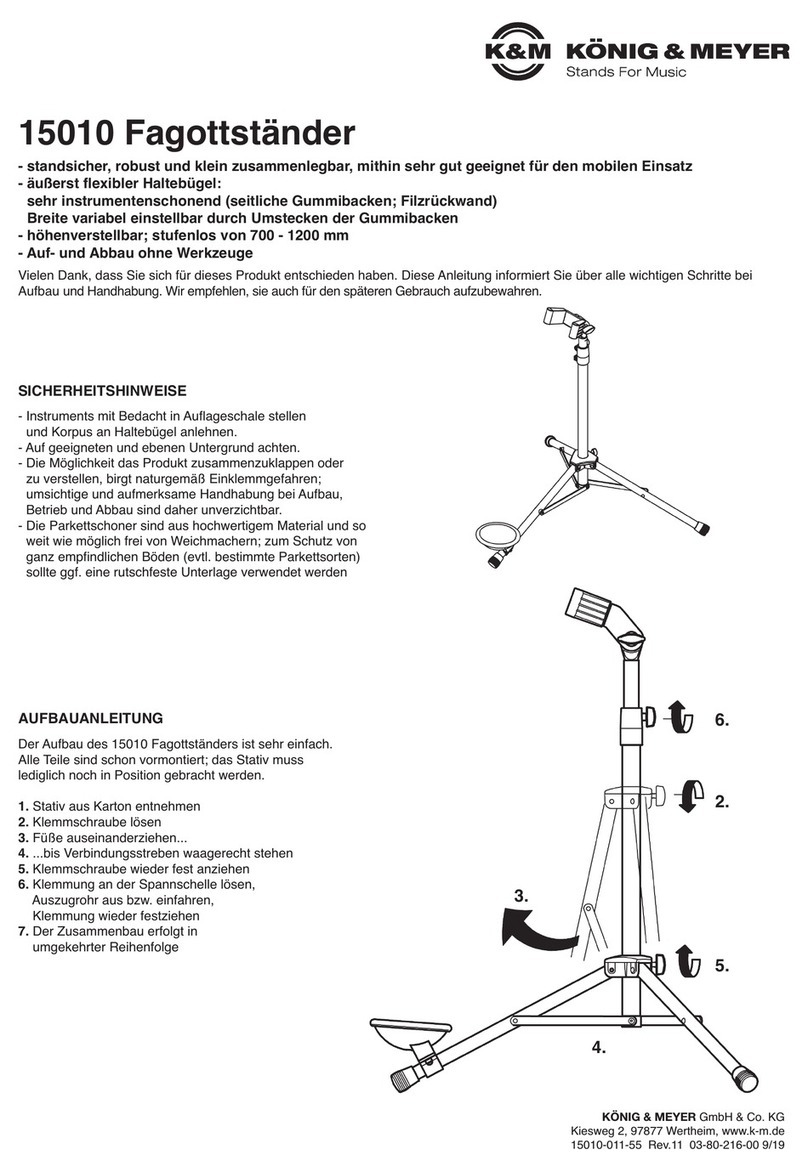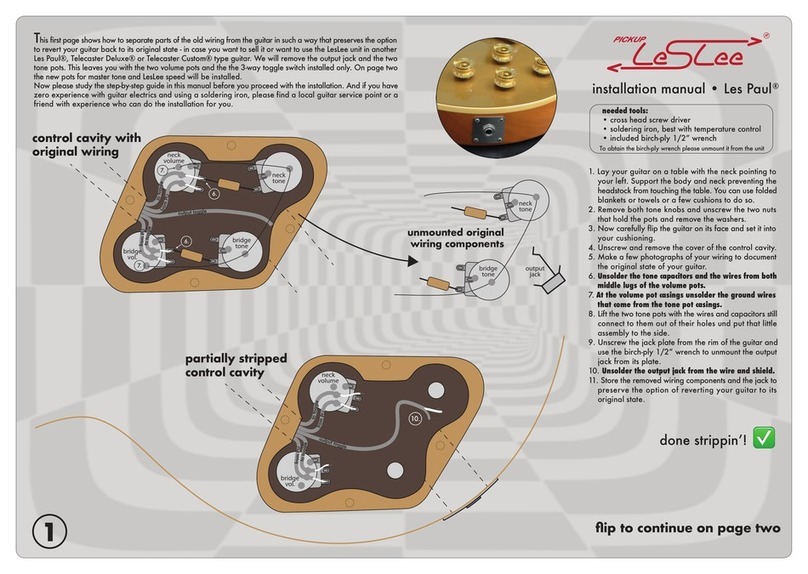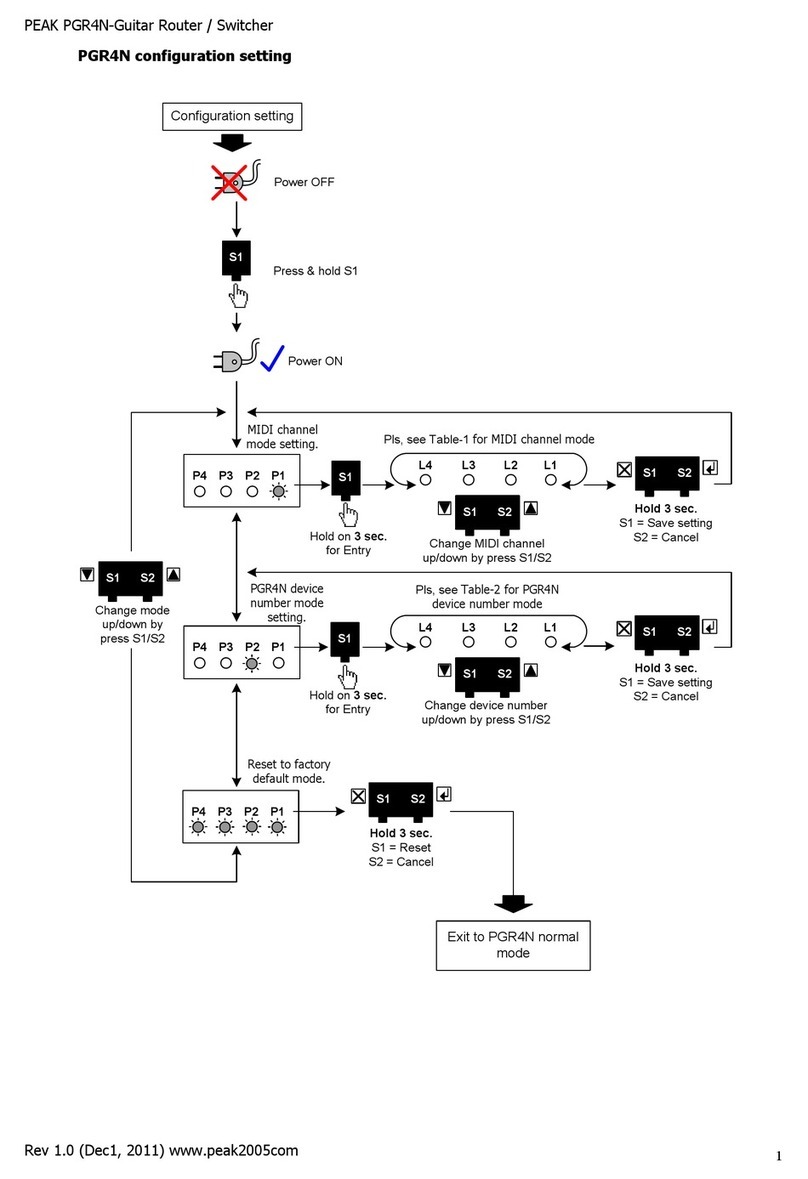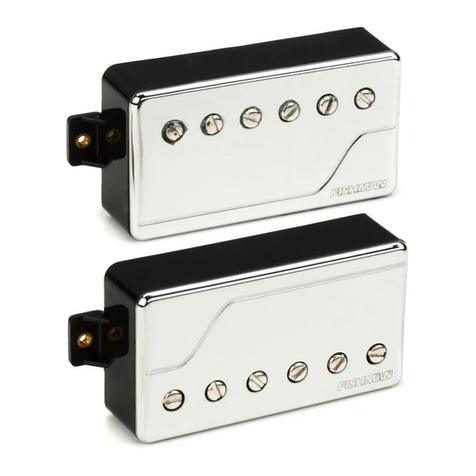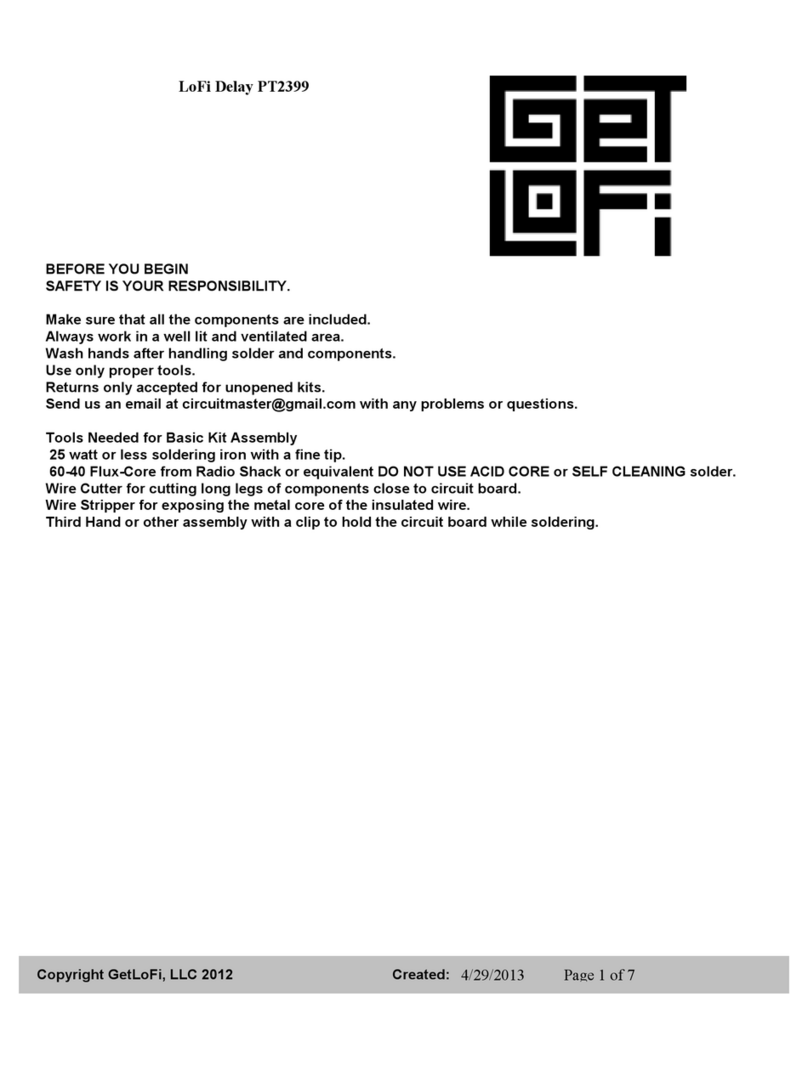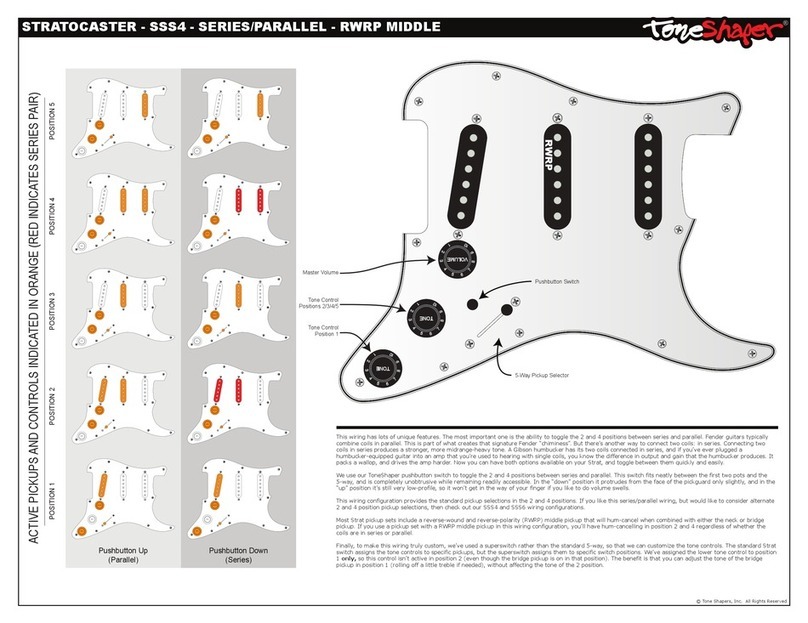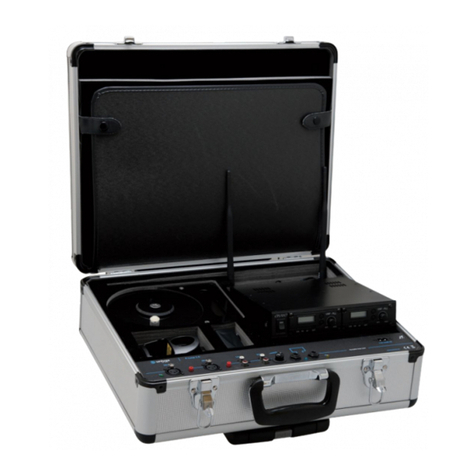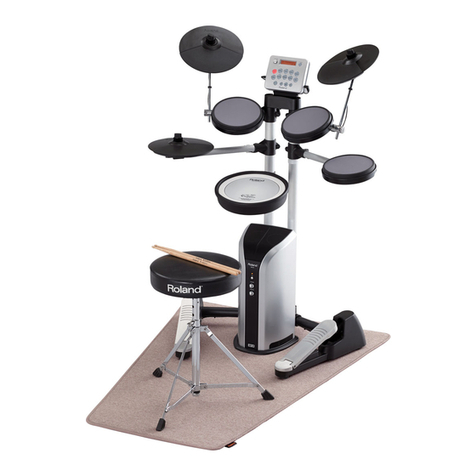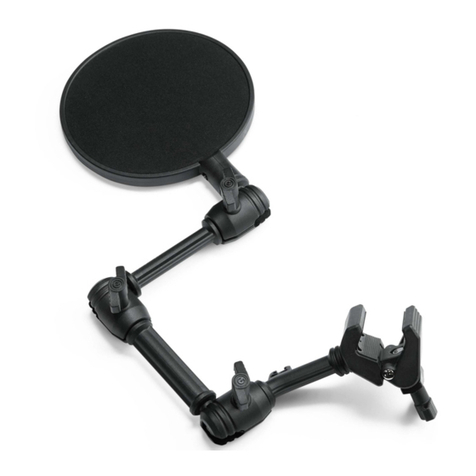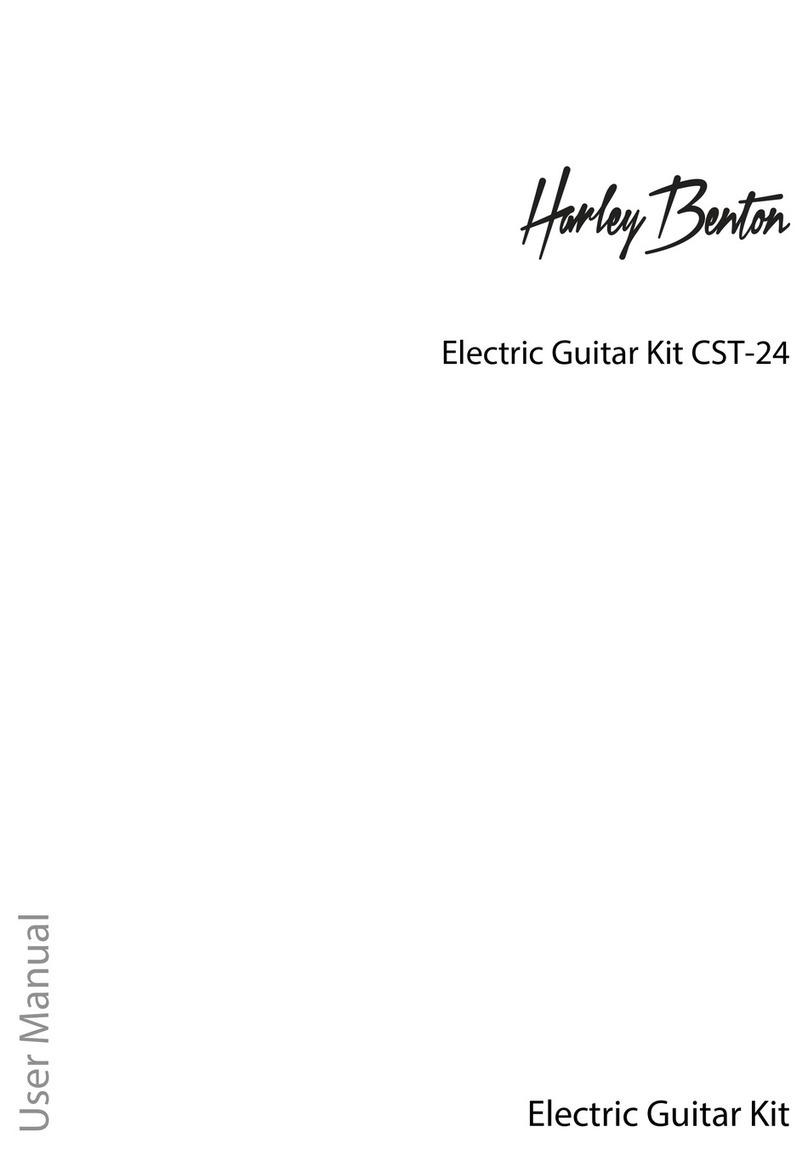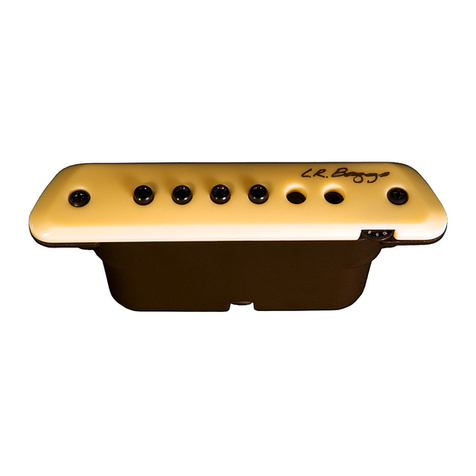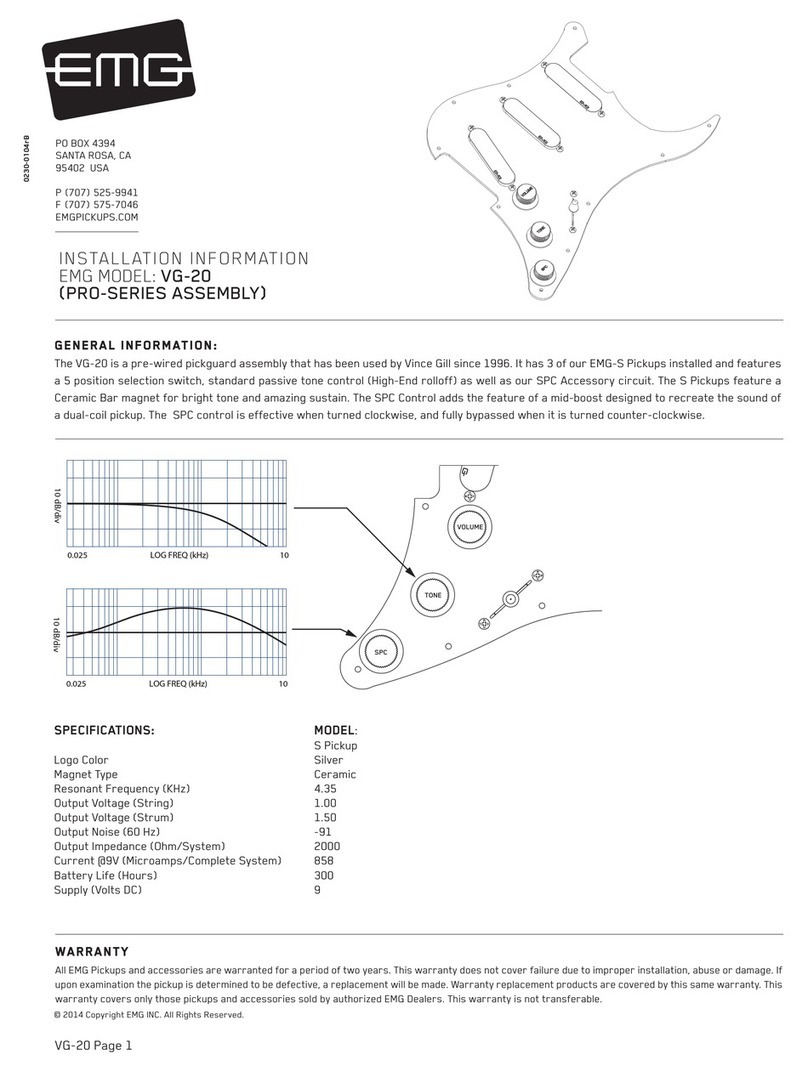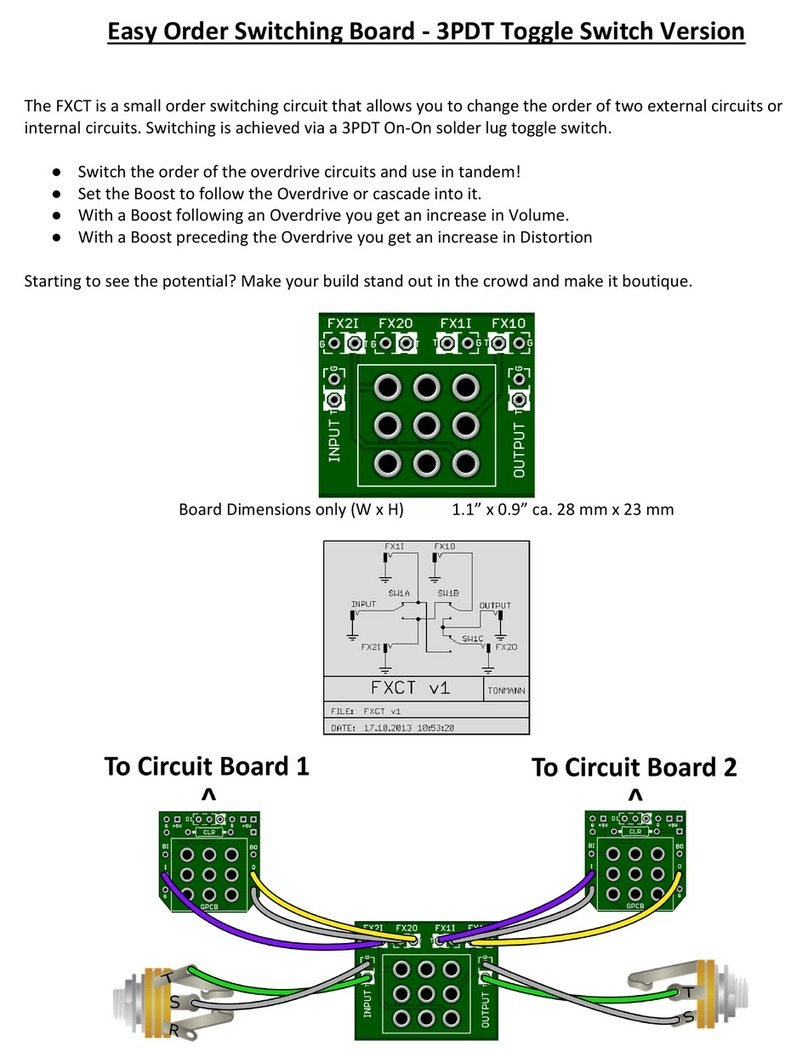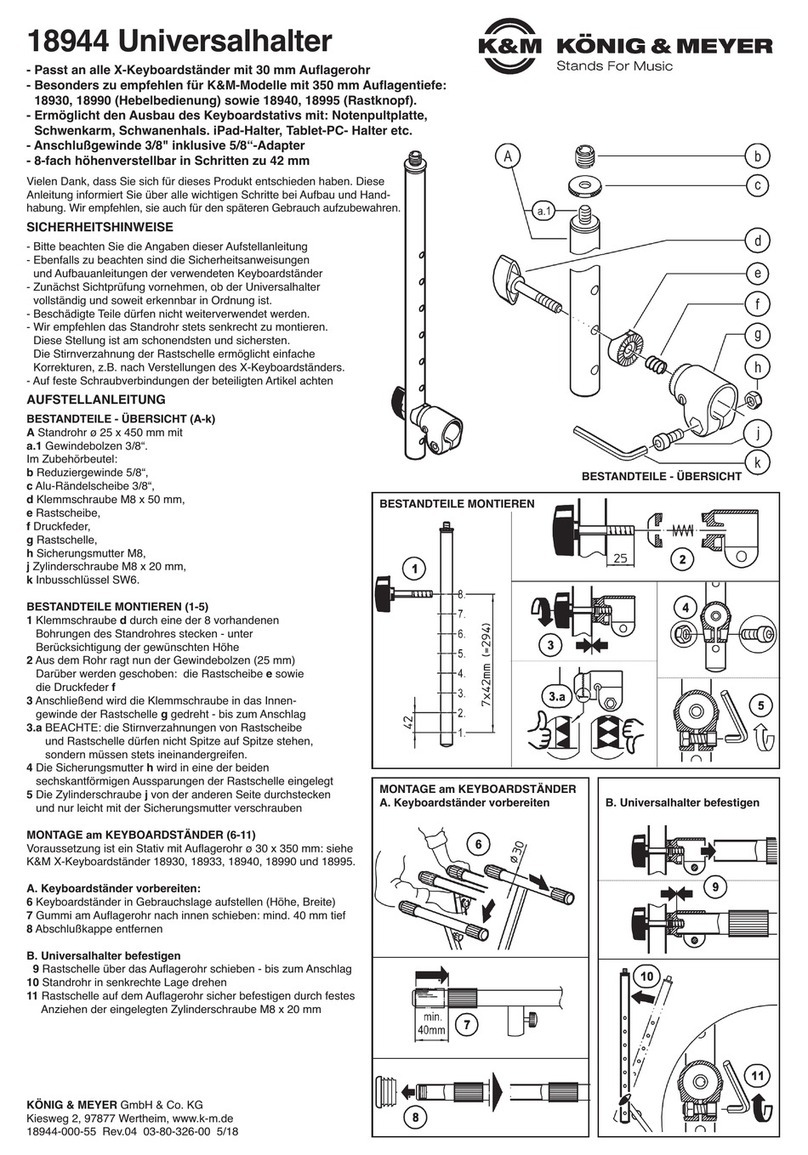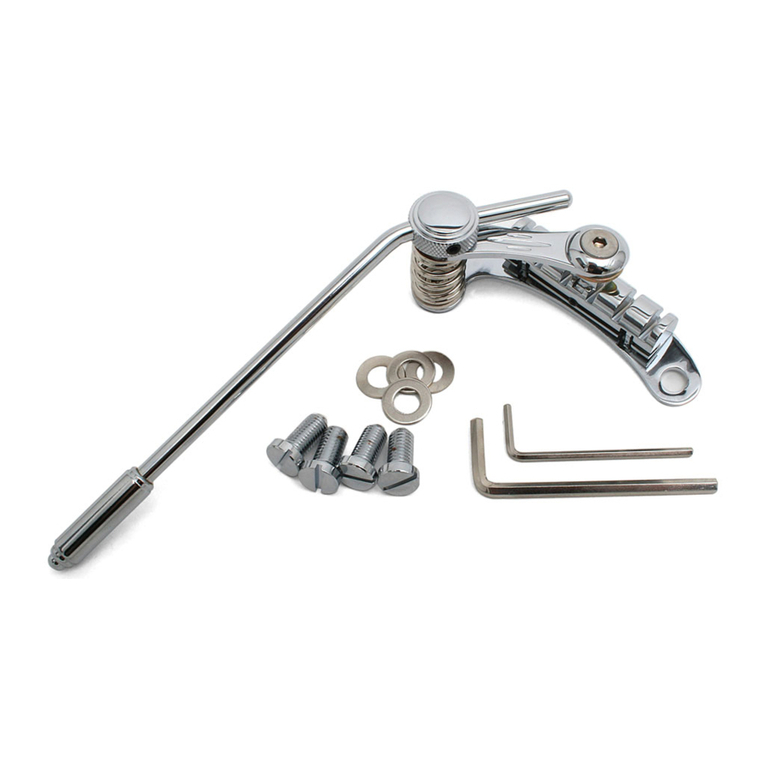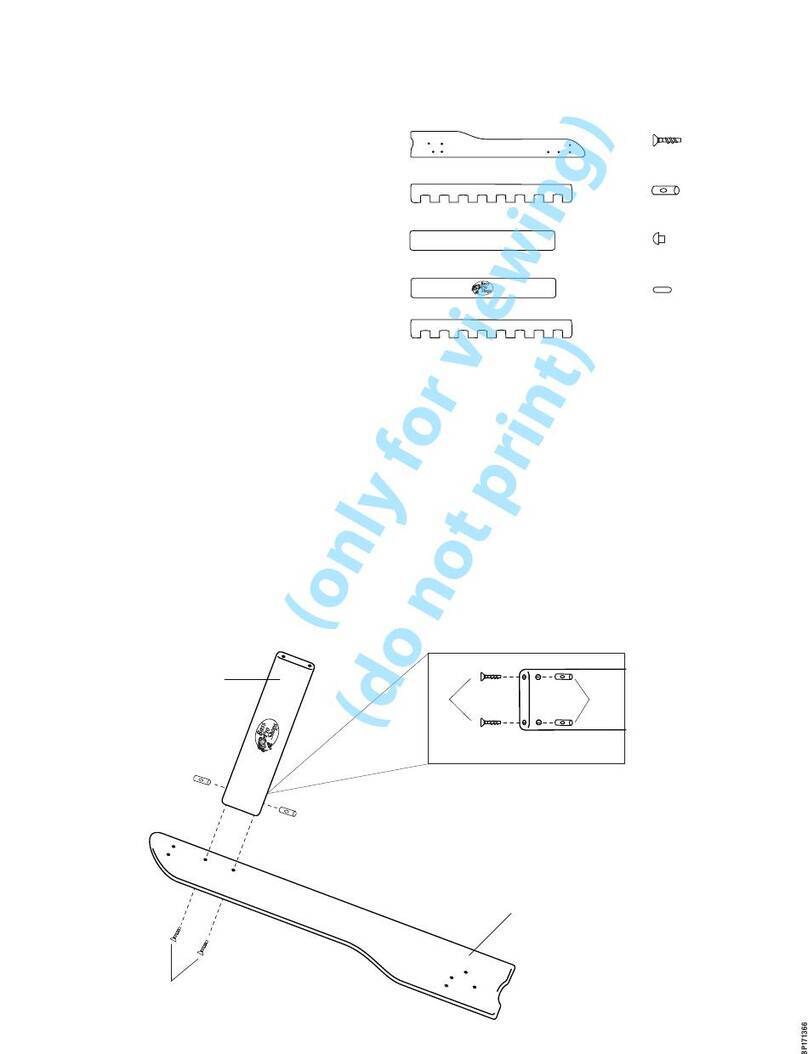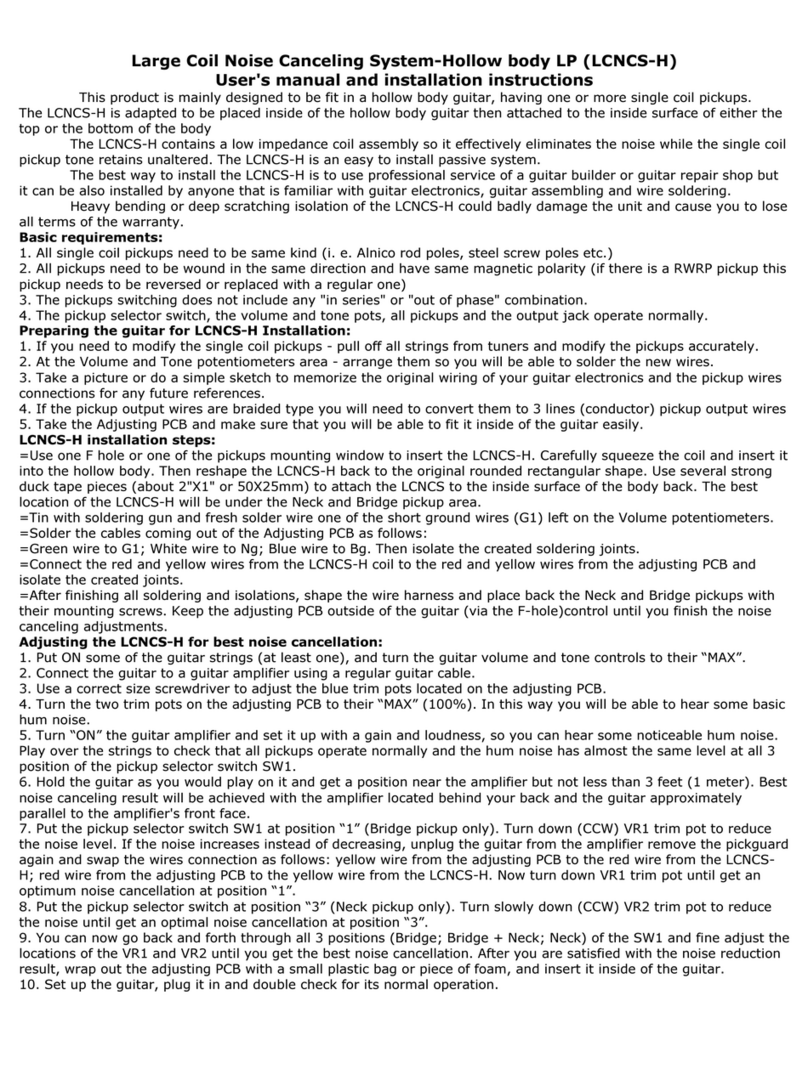Meyer Music Trombone Care Kit User manual

Assembly and
Care of
the Trombone
GRAND RAPIDS
2855 Lake Eastbrook Blvd, 49512
(616) 975-1122
HOLLAND
675 East Lakewood, 49424
(616) 396-6583
MUSKEGON
1664 East Sternberg, 49444
(231) 865-7000
alters the tone and when a dent is removed it
changes the metal affecting the quality.
If any time you feel the instrument needs
maintenance or repair, it is a good idea to take it to
Meyer Music for this to be done properly. Doing it
yourself can damage the instrument.
KEEP YOUR INSTRUMENT IN GOOD PLAYING
CONDITION BY USING A...
the inner slide should be wiped clean with a piece
of cloth.
LUBRICATION
A trombone slide should be lubricated daily or as
often as needed. Always remember to relubricate
the various pans after a thorough cleaning. The
proper procedure for lubrication is noted under
"Assembling the Instrument."
CLEANING THE EXTERIOR
After playing, wipe fingerprints and other marks off
the outside of your instrument carefully with a soft,
dry cloth. This removes perspiration which can
damage lacquer and metal.
In order to keep the finish on your instrument looking
bright and new, wipe carefully with a polishing cloth
developed especially for lacquered finishes. Do not
use commercial metal polishes on lacquered
instruments as they will damage the lacquer and
expose metal to air and cause it to tarnish.
SPECIAL INSTRUCTIONS
• Always hold a trombone by the outside hand-
slide brace when not playing.
• Extra care should be taken not to damage the
slide. Do not press hard with the cleaning or
polishing cloth because trombone slides are
supported on at the end of the inner slide. For this
reason even comparatively light pressure can be
enough to spring the tubing and cause the slides to
bind and drag.
• Never strike or bump the slide against anything
that will bend or dent it and impair its action.
• When using a mute, set carefully so as not to dent
the bell of the instrument.
The brass used in manufacturing musical
instruments is relatively soft. It is alloyed, not for
rigidity and strength, but to produce the best tone.
All brass instruments can be easily dented. A dent

ASSEMBLY AND CARE OF THE
SLIDE TROMBONE
The trombone is one of the most delicate of
musical instruments. It cannot be built heavy
enough to withstand bumps and falls and still
be light enough for effortless performance.
The outer slide of any trombone has the
lightest metal of any musical instrument,
ranging from .007 to about .012 of an inch
thickness. When it is realized that this is only
three to four times the thickness of a human
hair, it will be clear why a trombone should
always be handled carefully, protected
against bumps and falls, and placed in its
case when not in use.
ASSEMBLING THE INSTRUMENT
The first step in assembling your instrument is to
lubricate the slides. This should be done every
day when breaking in a trombone, then as
needed.
There are two ways a slide may be lubricated.
A few drops of slide oil may be put on the
upper and lower portions of the inner slides.
Wipe the inner sides clean of dirt with a lint-
free cloth anytime before applying oil. Work
the slide back and forth so the oil spreads
evenly over the entire slide.
More advanced players use slide cream and
a spray bottle to lubricate the slide. Starting
with a clean slide, apply a small amount of
cream to each stocking on the inner slide
being careful to cover the entire area. Wipe
off any excess with a lint free cloth. Spray the
inner slide with water until a light mist covers
the entire slide. Insert each inner slide into its
outer separately and work it back and forth with
a rotary motion. This will allow the lubricant to
work into the pores of the metal.
Both of these lubricating methods allow the slide
to work easily and provide necessary protection
against corrosion and 'freezing'. Be sure never to
mix slide oil with slide cream -the two methods of
lubrication cannot be used together.
INSERTING THE MOUTHPIECE
Gently place the mouthpiece into the receiver
and twist lightly to seat it properly. Do not force
the mouthpiece by hitting it with the palm of the
hand as this can cause the mouthpiece to
become stuck or 'frozen." An easy twisting motion
is all that is necessary to insure a firm fit.
CLEANING THE INSTRUMENT - INTERIOR
The most critical points of the slide trombone are
the slides, mouthpipe, and mouthpiece. When
dirt or foreign matter of any kind is allowed to
accumulate in any one of these parts, it can
hinder the ease of playing and adversely affect
tone quality and intonation. The mouthpiece
should be thoroughly washed and cleaned daily
using a mouthpiece brush to make sure there are
no accumulations in the back bore. The tuning
slide in the bell section should be removed and
cleaned several times a year depending on the
amount of playing. First run warm water (NEVER
HOT) through the slide. Work the slide vigorously to
loosen the accumulations of dirt and dry
lubricant.
Separate the slide and bell sections, rinse
thoroughly, drain, and wipe exposed surfaces
with a soft, lint-free cloth.
To clean the inside tubing, use a Trumpet/
Cornet cleaning rod and a piece of clean cloth
about 12" square. One corner of the cloth should
be inserted through the eye of the cleaning rod
and the remainder rolled around the shank of
the cleaning rod. Wipe out the inside of the
tubes until the cloth comes out clean. If difficulty
is encountered in inserting the swab into the
tuning slide tubes, unroll some of the cloth
around the cleaning rod until it fits the slide
tubing snugly.
To clean the main slide assembly, use a trom-
bone cleaning rod and a piece of soft, clean
cloth 6' wide by 78' long. Cheesecloth is
acceptable. For removing accumulation from
inside the slide bow, the easiest method is the
use of a flexible cleaning brush. This is inserted
into the outer slide tube, pushed through the
bow until the other end appears from the
opposite slide tube, and then pulled on through.
This operation should be repeated until brushes
come through clean.
The inner slide is cleaned the same as the
outer except a smaller amount of cloth should
be used to fill the tube. If, by accident, the
cloth becomes bunched and locked just past
the stocking, rotate the looped handle of the
swab until it can be pulled out. The outside of
